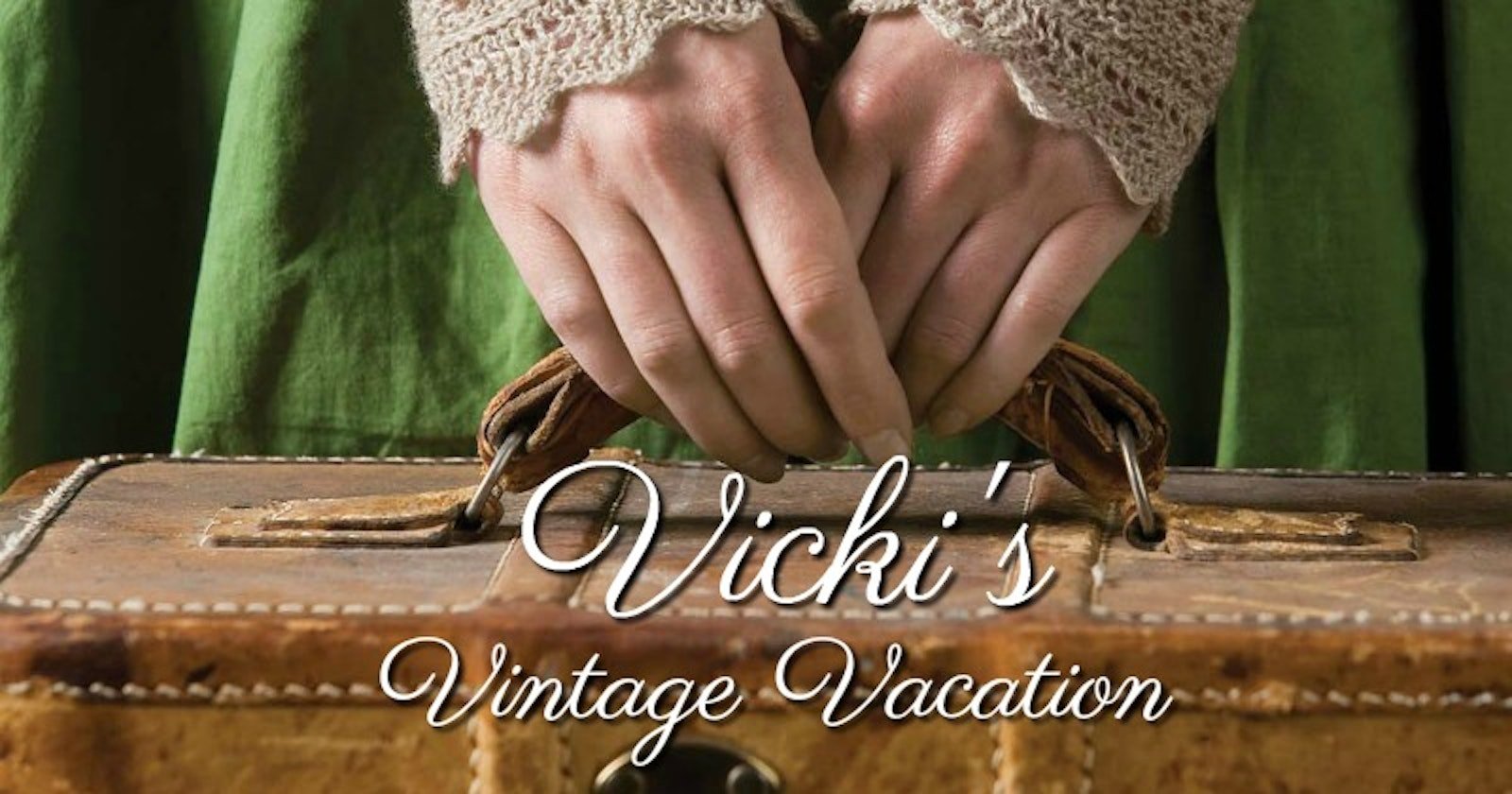Have you ever been the passenger in a car with someone who took a different route than the one you would have taken? Arriving at your destination via a different route can be a lovely adventure! It is the same with knitting a sock heel. There are many different paths to “turn the corner” of the heel, but you arrive at the same place, with a shaped heel that fits a foot nicely.
Today’s sock knitter is familiar with knitting in the round, working short-rows, increasing and decreasing, and perhaps even inserting an afterthought heel after the rest of the sock is complete. Weldon’s-era Victorian knitters had some interesting ideas and innovations for sock heels particular to various countries from the United Kingdom to the continent.
No. 5 Common Heel, or Square Heel from Weldon’s Practical Stocking Knitter First Series Volume 1 of Weldon’s Practical Needlework.
One of the most conceptually unusual methods is the “Common Heel, or Square Heel” from Weldon’s Practical Stocking Knitter First Series Volume 1 of Weldon’s Practical Needlework. On half of the total number of stitches, after the ankle knitting is complete, the heel is knit back and forth in rows, always slipping the first stitch, until the heel flap measures a remarkable three inches for an ordinary-sized stocking. Three inches! That seems long, until you work the next step in the process. All heel stitches are then cast off, folded together, and sewn up. Visualize the heel flap wrapping underneath the heel with a bound off seam that is on the bottom of the heel. Stitches are then picked up along six inches of the heel flap, some of which occupy the bottom of the foot, ready for shaping the gusset. I would expect that with the fine gauge of the knitting, that the heel seam would not be noticeable to the wearer. A short ankle sock would make a good experiment to see how well the method holds up to use.
No. 8 Dutch or Horse-shoe Heel from Weldon’s Practical Stocking Knitter First Series Volume 1 of Weldon’s Practical Needlework.
The “Dutch Heel or Horse-shoe Heel,“ from Weldon’s Practical Stocking Knitter First Series Volume 1, makes use of the short-row technique to shape the heel. By knitting only a short part of a row, more rows are knit on stitches in the center of the row, and fewer rows toward the beginning and end of the row, creating a bubble of knit fabric that sculpturally accommodates a heel. After knitting the requisite number of rows for the heel flap, with the right side facing, knit a few stitches past the center stitch, slip 1, knit 1, pass the slipped stitch over; turn. Slip the first stitch, then purl to the same number of stitches past the center stitch, purl 2 together, turn. Slip the first stitch, work to the slipped stitch of the previous row, slip 1, knit 1, pass the slipped stitch over, turn. Today we call this “closing the gap.” Slip the first stitch, purl to the slipped stitch of the previous row, purl 2 together, turn. Continue until all the stitches are knitted in. This makes a lovely heel, smooth and rounded, with a line of stitches defining the perpendicular arrangement of heel flap stitches to those of the bottom of the foot. I especially like this one, because the heel fits so snugly. The angle from back of the heel to the bottom of the foot is 90°, after all!
No. 9 French Heel, Round or Gusset Heel from Weldon’s Practical Stocking Knitter First Series Volume 1 of Weldon’s Practical Needlework.
The “French Heel,” from Weldon’s Practical Stocking Knitter First Series Volume 1, is the method we recognize today as the standard way to turn a heel. It is the same short-row concept as the “Dutch Heel” with the addition of an extra stitch worked after each decrease. After knitting straight rows for the heel flap, shape the heel with short-rows by knitting past the center stitch as instructions indicate, slip 1, knit 1, pass the slipped stitch over, knit 1, turn. Slip the first stitch, purl to the place indicated, purl 2 together, purl 1, turn. Slip the first stitch, then knit the portion of the row to the slipped stitch of the previous row, work a slip, knit, pass decrease, knit one, turn. Slip the first stitch, purl to the slipped stitch of the previous row, purl 2 together, purl 1, turn. Continue this way until all the stitches are used up. This is also a smooth rounded heel, with the decreases creating a textural angled line from the heel flap to the bottom of the foot stitches.
Knitting samples of any particular technique is always a helpful learning tool. But I would rather knit something I can actually wear or use, and I just know that there are plenty of knitters who would join me in that opinion. So. Let’s make an ankle sock. Cast on an average number of stitches, say 64, and knit a short rib for an inch. Then go to Weldon’s Practical Needlework and follow whichever one of these heel-shaping methods intrigues you, and enjoy the ride!
Knit the curves,
Vicki




